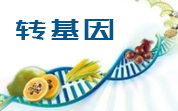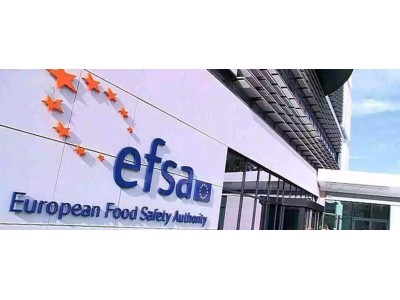йЈҹе“ҒдјҷдјҙзҪ‘и®Ҝ жҚ®еӨ–еӘ’жҠҘйҒ“пјҢ9жңҲд»ҪгҖҠйЈҹе“Ғж·»еҠ еүӮдёҺжұЎжҹ“зү©гҖӢпјҲFood Additives & ContaminantпјүжқӮеҝ—еҲҠзҷ»дәҶдёҖйЎ№иҜ„估欧жҙІе„ҝз«Ҙй•ҝжңҹй“…иҶійЈҹжҡҙйңІжғ…еҶөзҡ„ж–Үз« гҖӮ
еңЁжң¬ж¬Ўз ”究дёӯпјҢз ”з©¶дәәе‘ҳж №жҚ®йЈҹе“Ғз§Қзұ»еҜ№ж¬§зӣҹ11еӣҪйЈҹе“Ғж¶Ҳиҙ№ж•°жҚ®еҲҶзұ»пјҢе°ҶиҜҘж•°жҚ®дёҺдёҚеҗҢжҲҗе‘ҳеӣҪпјҲзәҰдёәжүҖжңү欧зӣҹеӣҪ家пјүзҡ„й“…и®°еҪ•ж•°жҚ®з»јеҗҲи®Ўз®—пјҢеҫ—еҲ°ж¬§зӣҹе„ҝз«Ҙй“…й•ҝжңҹиҶійЈҹжҡҙйңІж•°жҚ®гҖӮ
йғЁеҲҶеҺҹж–ҮжҠҘйҒ“еҰӮдёӢпјҡ
Long-term dietary exposures to lead in young children were calculated by combining food consumption data of 11 European countries categorised using harmonised broad food categories with occurrence data on lead from different Member States пјҲpan-European approachпјүгҖӮ The results of the assessment in children living in the Netherlands were compared with a long-term lead intake assessment in the same group using Dutch lead concentration data and linking the consumption and concentration data at the highest possible level of detail. Exposures obtained with the pan-European approach were higher than the national exposure calculations. For both assessments cereals contributed most to the exposure. The lower dietary exposure in the national study was due to the use of lower lead concentrations and a more optimal linkage of food consumption and concentration data.
When a pan-European approach, using a harmonised food categorisation system and "European" concentration data, results in a possible health risk related to the intake of an environmental chemical for a certain country, it is advisable to refine this assessment, as part of a tiered approach, using national occurrence data, including an optimised linkage between foods analysed and consumed for that country. In the case of lack of occurrence data, these data can be supplemented with data from the "European" concentration database or by generating additional concentration data at country level.
еҺҹж–Үй“ҫжҺҘпјҡ<http://www.tandfonline.com/doi/full/10.1080/19440049.2012.709544>











 ең°еҢәпјҡ
ең°еҢәпјҡ






 йІҒе…¬зҪ‘е®үеӨҮ 37060202000128еҸ·
йІҒе…¬зҪ‘е®үеӨҮ 37060202000128еҸ·



